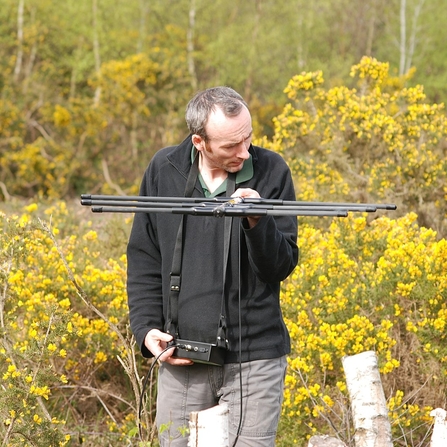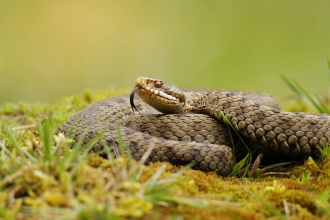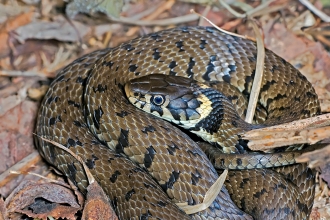When I say radio tracking, most people imagine searching for the African Big Five, driving around in Landrovers and following lions on a hunt. Well, technology has come a long way since the days of the BBC's Big Cat Diary, and we are fortunate enough to be part of the world of reptile tracking right here in Berkshire.
BBOWT is collaborating with Nigel Hand, an expert in the field of adder tracking and trustee of ARG UK (Amphibian and Reptile Groups of the UK), to monitor the population of adders on our heathland reserves in Berkshire.




